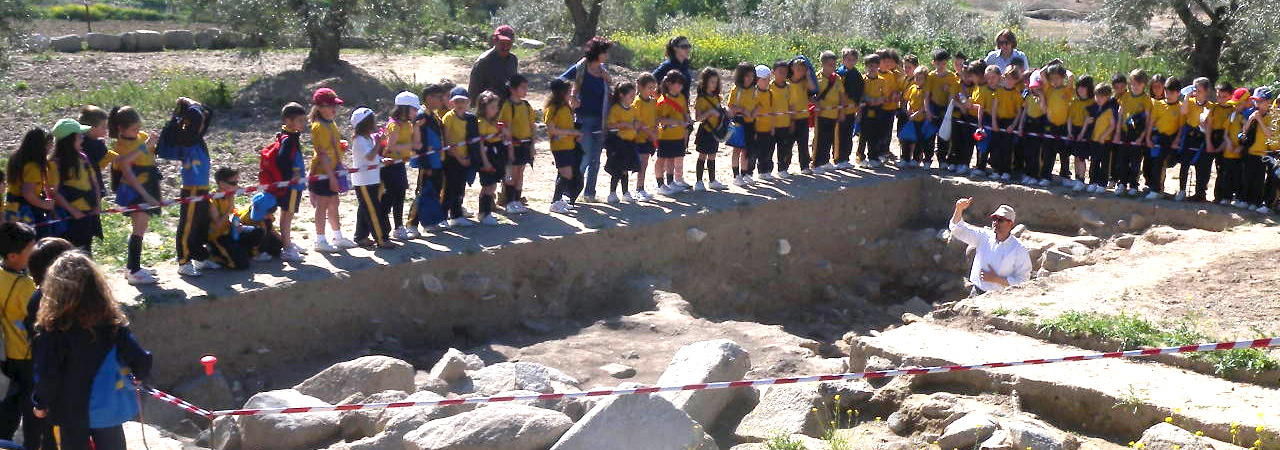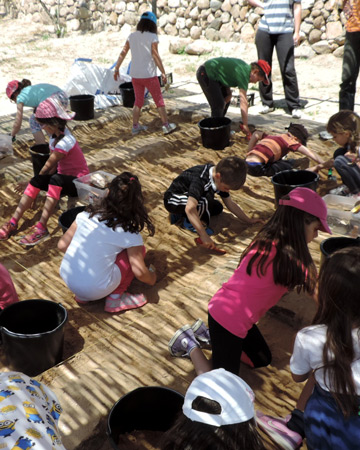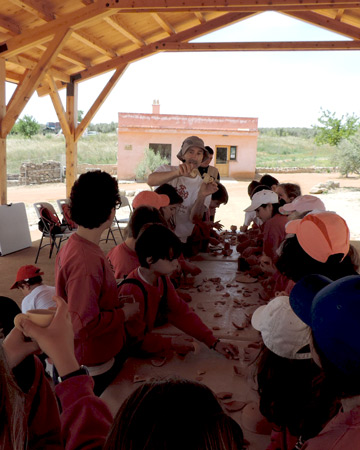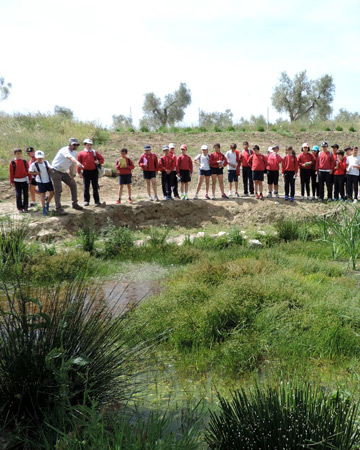We present a variety of learning activities, mainly aimed at fostering respect for cultural heritage: whether historical, archaeological, natural or intangible, where the archaeological site and its environment are the natural habitat to achieve that goal.
The Guarrazar multidisciplinary team consists of qualified instructors, archaeologists and other professionals with proven experience in the teaching and learning activities offered. They are designed for primary school pupils. Optionally and in consensus with each educational centre, we can implement similar activities adapted as necessary for infant, primary and secondary education students.
Pedagogy specialists argue that the best way to learn is by building knowledge, attitudes and values based on fun individual and group experiences, but at the same time didactically significant ones, and adapted to each school year. Our methodology seeks to integrate theory and practice, and to promote a traineeʼs role (for instance, producing objects representative of a given period of time, learning their meaning and developing their autonomous and cooperative competencies).
EThe content of different activities is closely related to the concepts of natural and cultural heritage, Visigoth culture and history, with Archaeology as a method of search and interpretation, important items in its historical-cultural context, etc., all framed within the Visigoth archaeological site of Guarrazar and information held in it. We also consider decisive for the preservation of our rich historical and natural heritage, to promote attitudes and values of respect, admiration and responsibility in children as its future guardians and protectors. Any activity that we offer are engaging and internalized in a play-oriented way.
Although “Learning in Guarrazar” activities have been designed to be carried out at the premises of the archaeological site, our multidisciplinary team can adapt them to school centre, in case of teachers requiring so.








